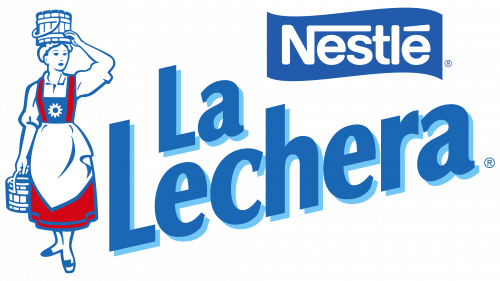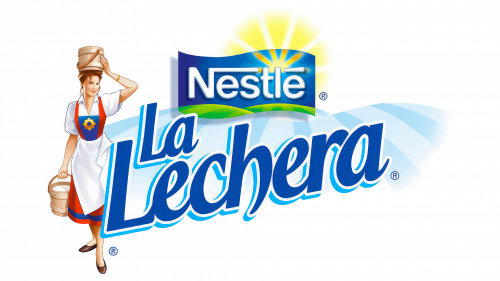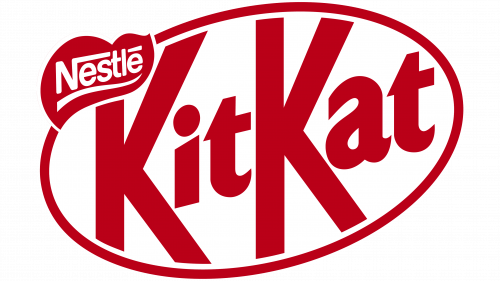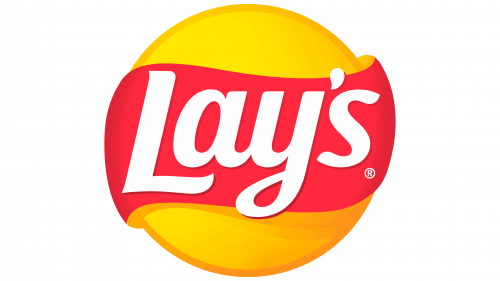The La Lechera logo declares that there is no sweeter and more delicious product. The exquisite taste of the unique, high-quality product reveals the full charm of the recipe. Customers appreciate not only the taste but also the health benefits of the product. The brand breaks stereotypes by offering a product combining excellent taste and health benefits.
La Lechera: Brand overview
When Nestlé decided to enter the Latin American condensed milk industry in 1910, the history of La Lechera officially began. The name “La Lechera,” which means “the milkmaid” in Spanish, was selected to highlight the product’s relationship to dairy farming and to establish a memorable brand for Latin American customers.
The brand was first made in Switzerland and shipped to nations in Latin America. The product became well-known quickly because of its excellent quality and lengthy shelf life—particularly valuable in areas with hot climates and little refrigeration options.
Nestlé started setting up production facilities throughout Latin America in the 1920s due to the increasing demand. Brazil saw the opening of the first La Lechera facility in 1921. As a result, the business was able to become closer to its customers and better tailor the product to suit regional needs and tastes.
The brand saw rapid expansion in the 1930s and 1940s. The company increased its footprint in Mexico, Argentina, and Chile, among other nations. The product evolved into more than just a food item during this period, becoming a staple of Latin American baking and dessert traditions.
The company started actively creating its marketing plan in the 1950s. Radio and print media outlets started running ad campaigns showcasing the product’s usefulness and importance in family life. The famous milkmaid image that would later serve as the brand’s emblem was created during this time.
The product line expanded throughout the 1960s and 1970s. In addition to traditional condensed milk, new product variations, such as flavored and low-fat condensed milk, were introduced.
The brand started to spread outside of Latin America in the 1980s. Nestlé began producing the product in North America due to its growing popularity among Latin American groups in the US.
The company innovated a lot during the 1990s. The brand made the product easier by introducing innovative packaging formats like portioned cartons and handy tubes.
The product line grew in the 2000s, adding ready-to-eat desserts and condensed milk-based sauces. This was a reaction to the rising need for quick-to-eat food items.
One notable trend of the 2010s was an increased emphasis on digital marketing. The brand expanded its social media presence to reach a younger audience, started food blogs, and created recipe videos.
In 2020, the company added more low-sugar condensed milk options to its lineup in response to consumer demand for more healthful traditional substitutes.
In 2021, an organic version of traditional condensed milk was introduced. This product was created to satisfy customers who prefer organic food.
That same year, the firm launched an interactive online platform with recipes and cooking workshops, bolstering its online presence. As a result, the company was able to keep consumers interested in its products in the digital age and interact more successfully with younger audiences.
In 2022, the brand made large-scale investments in sustainable development and unveiled its new line of environmentally friendly, recycled-material packaging. The business also started an assistance program for nearby dairy farms to enhance farmers’ working conditions and milk quality.
The product increased its global market presence in 2023, particularly in Asia, with a growing demand for Latin American food. The company maintained its authenticity while adjusting its products and marketing plans for these new areas.
In 2023, the firm also introduced a range of useful goods enhanced with vitamins and minerals. These goods were created due to the rising demand for wholesome, health-promoting foods.
As part of its growing social responsibility initiatives, the business launched teaching programs on the value of healthy eating in Latin American nations. Among these efforts were collaborations with nearby educational institutions and civic associations.
In recent years, the company has been aggressively experimenting with new flavors and formats, releasing limited-edition goods influenced by the culinary customs of several Latin American nations.
Additionally, the firm increased the scope of its partnerships with well-known chefs and food bloggers, producing creative recipes and content highlighting the various ways the brand’s goods are used in contemporary cooking.
Meaning and History
The designers’ main task was to create a logo that clearly and impressively highlighted the superior features of the sweetened dairy product. The identity reflects fidelity to its recipe and a high mark of quality chosen by the customer. The logo evokes associations with home comfort, harmony, and absolute tranquility. Starting its journey in the Spanish market, the brand is now recognized worldwide.
What is La Lechera?
It is a brand owned by Nestlé that specializes in dairy products, primarily sweetened condensed milk. It is a popular choice for desserts, beverages, and other sweet treats, providing a rich, creamy texture and sweet flavor. The brand’s product line includes condensed milk, dulce de leche and other dessert toppings. The brand is widely used in traditional Latin American recipes and is prized for its quality and consistency. The products are available in supermarkets, grocery stores and online retailers, making them a convenient option for both everyday cooking and special occasions.
1990s – 2004
The brand’s first logo reflected tradition and fidelity to the recipe. It was simple but had individual charm. On one hand, the logo conveyed the product’s uniqueness, while on the other, it showcased its variety. Each element of the identity emphasized the importance of the next, creating a clear description of delicious dairy products understood by everyone.
Clarity and precision were the main themes of the logo. The “Nestlé” inscription in the right corner inspired trust. Large white letters with elongated elements, aligned in a single line, indicated that the consumer was holding a product from a reliable producer of the highest quality goods. The blue background enhanced the effect, making the text easy to read.
Contrast always played an important role in forming logos, and it was used again here. The brand name was displayed in large, massive letters, rising from the bottom left corner upwards. The connection between the brand and the company was visible, highlighting their joint creation of an interesting product. Sky-blue letters with a shadow element on a white background looked impressive.
Special attention was drawn to the image of a feminine and sweet milkmaid. This element embodied the warmth of a woman’s soul and maternal care. Milk cans filled with warm milk evoked the desire to try the sweet product. The intertwining of red, white, and blue colors created a spectacular visual effect. Accents were distributed evenly and harmoniously.
2004 – 2010s
The image of the milkmaid changes and transforms but always remains a part of the company’s logo. Some elements of the woman’s portrait disappear, others appear, but her presence and position on the logo remain unchanged.
Since 2004, the beautiful lady has become increasingly realistic. Her clothing gains new style and vibrancy. A bracelet appears on her hand, emphasizing the beauty and delicacy of her hands. Her shoes acquire color, showcasing the charming milkmaid’s excellent taste. Her figure becomes even more refined, and the clear depiction of her slim waist looks very attractive. The primary colors are blue, white, and red.
The company name “Nestlé” looks expressive. The color scheme remains the same: a light blue background and white letters. New elements appear. Beautiful green fields create space for imagination, emphasizing the product’s eco-friendliness. A yellow element, the sun behind the “Nestlé” inscription, indicates the producer’s incredible potential. The sun’s rays, shining and shimmering in glossy yellow, evoke warm feelings and emotions. A blue ribbon unites the text and illustrations into a single whole, highlighting one of the key informational blocks of the identity.
The name “La Lechera” is designed in a playful style. Kindness, movement, and dynamics are embodied in the cursive font with a gradient. The white background is replaced with vertical light blue lines alternating with white streaks.
2010s – today
The modern logo, created in 2010, remains in use today. It retains the brand’s core concepts but includes updates to align with contemporary trends.
The female image has become even more appealing. A beautiful hairstyle, stylish clothing, and a triangular collar on her shirt create beauty, perfection, and warmth motifs. This image immediately draws attention. To avoid the perception of three separate elements, the new logo brings the two text elements closer to the charming lady.
The phrase “La Lechera” is written in two lines, again in cursive. The background is white, and the text is a rich blue with a gradient. The letters have shape and shadow, creating a 3D effect.
For consistent perception, the company name is now written in blue on a white background in a single line and placed in the top right corner.
The new logo conveys a sense of home comfort directly associated with delicious baked goods. It emphasizes that sweet dairy products should be readily available in every kitchen. This reflects reality, as bakers and homemakers always use La Lechera products to create unrivaled culinary recipes.







